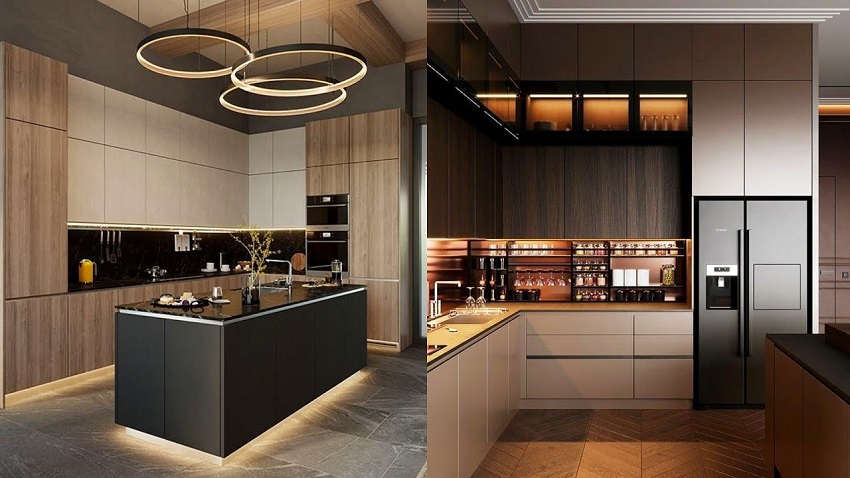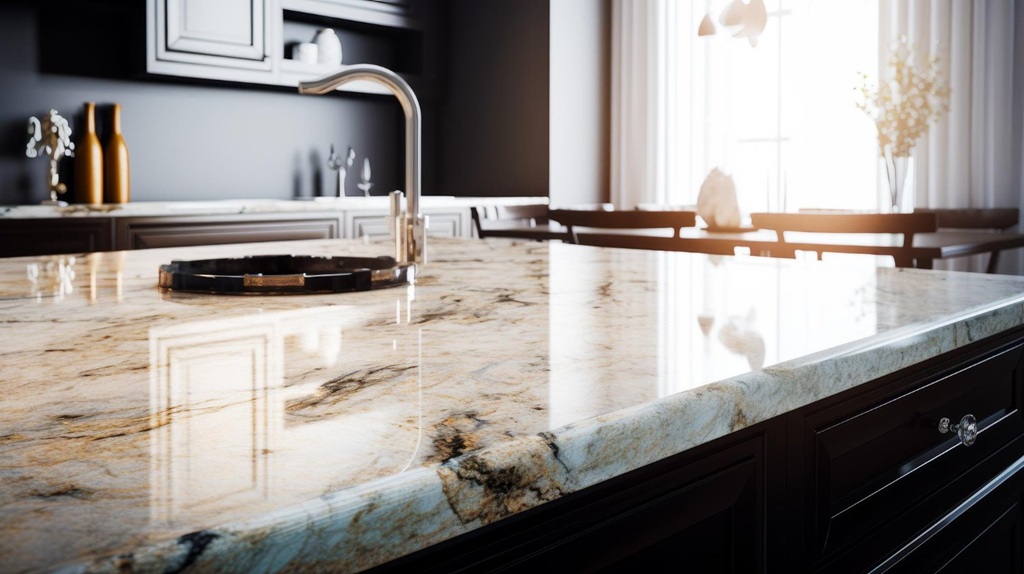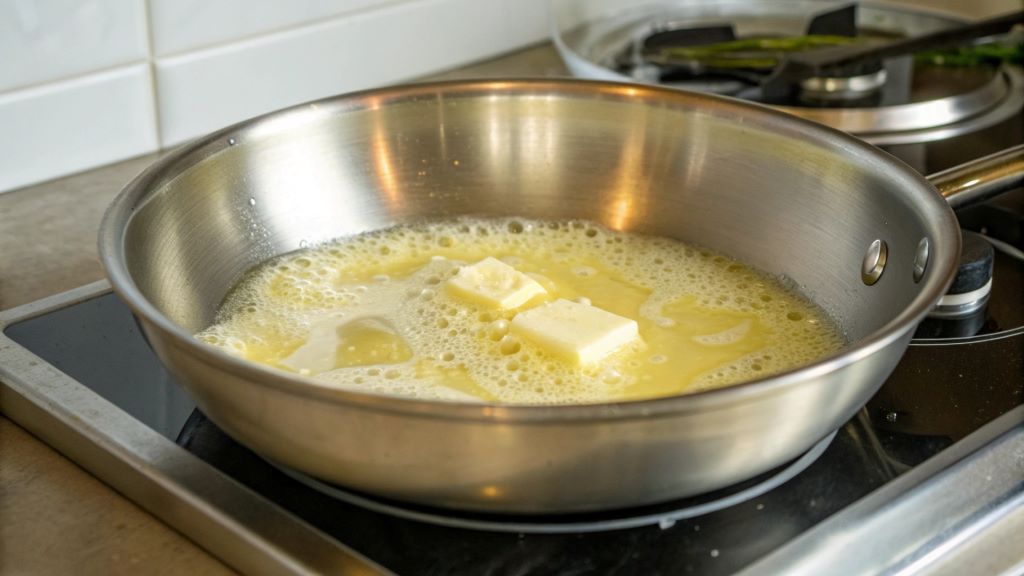Find out how keeping your kitchen organized can be a real challenge. Here we bring you some tips so you can have an enviable kitchen.
Having a kitchen that is and stays tidy takes planning and some effort. It doesn’t have to be a headache to achieve this level of organization, you just have to think about all the details and go step by step to achieve it. Here we tell you how.
- Start from scratch
If you are designing your ideal kitchen, ask yourself the following question and answer honestly: “How often am I going to cook?” Your answer will determine how many burners you’ll need on the stove, how many inches of work surface, and how many drawers to store utensils And while a small kitchen can be difficult to fit everything you need, in a spacious one you can take advantage lots of storage.
- Organize things
Each kitchen utensil should have its own space, an obvious solution that is not always possible. If your kitchen suddenly doesn’t have enough drawers and cupboards, a small portable shelving unit or compact table on wheels can provide extra storage. And if you’re not afraid of “visual noise”, you can always equip the kitchen walls with additional open shelves: so your favorite cups and spices will always be at hand without getting in the way.
There is no single tip for organizing all kitchen spaces, but the following points should make cooking a joy:
- The most important thing is ergonomics. Divide your kitchen into functional zones: storage area, washing area, work area, and cooking area. This way you will know where to put the cereals so that they are easy to reach and where to put the towels, pans, or glasses.
- Divide the utensils into groups from “most frequently used” to “rarest”. This last group should be stored not only farther, but higher, since the higher shelves that can only be reached with a chair or ladder we do not want to use too often. It may be time to say goodbye to some things.
- We usually put the large pots and pans in the bottom drawers. But rethink that when you have cupboards full of cookware and pans: a set of dishes weighs quite a bit more than an average steel pot. Do not do what is usually done; do what works for you.
- Take inventory

Carefully examine everything you have in your fridge and pantry: it will not only help you conveniently organize food packages but also outline your consumption trends. This way you will know what you can buy less often or in smaller quantities.
Store cereals, flour, sugar, and salt in sturdy jars or containers, rather than “regular” containers. This way you will prevent them from breaking and they will have a clean and tidy appearance.
Don’t forget to keep order in the fridge: Tupperware is a better alternative than ziploc bags. If possible, consider only having glass containers, as they do not release toxins, do not retain odors, can be put in the dishwasher, microwave, and oven up to 300 ℃.
- Cook carefully
Spills and drips are an unavoidable part of cooking, but dealing with them will be easier if you prep your surfaces in advance. You can achieve this with bars on the kitchen counter where you can hang utensils and containers in which to throw garbage that comes out while cooking.
Also, if you store your utensils on the counter, sometimes you probably won’t be able to quickly find what you need (like a teaspoon); the solution is an organizer of utensils in the drawers. And to prevent things from slipping and sticking in cabinets or drawers when you’re done cooking and washing dishes, you can lay out a special rug.
- Two in one
Make sure your kitchenware is not only useful but also attractive. For example, a measuring cup can look like an elegant pitcher, and good napkins or placemats, in addition to avoiding stains, will decorate the surface.



